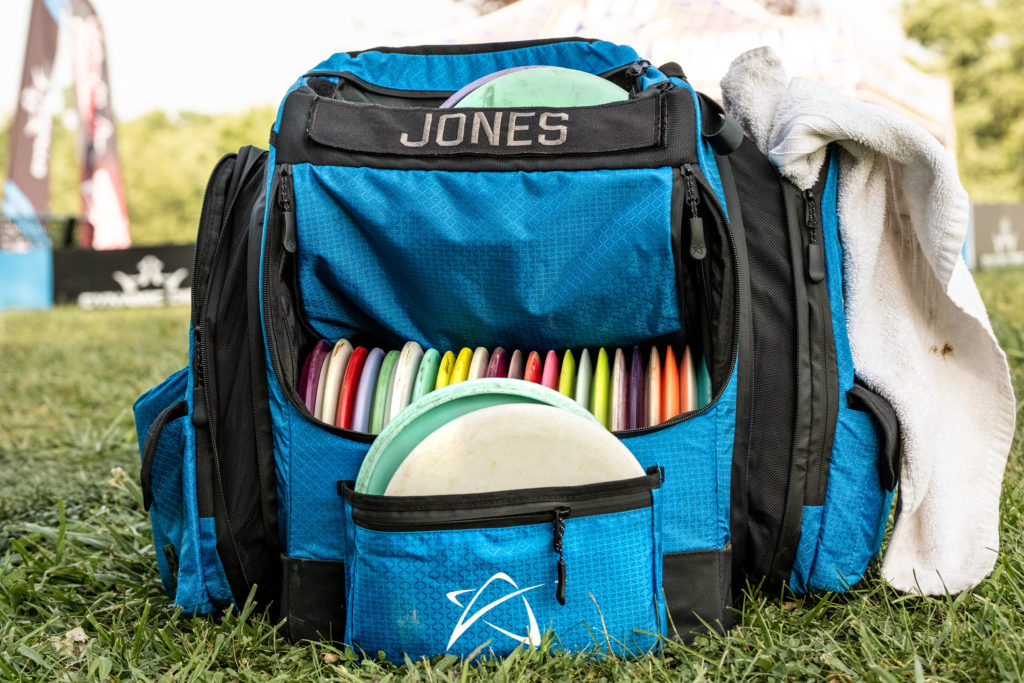I don’t care if you’ve been in disc golf for five minutes, five months or five years: The allure of the Star Destroyer is much too hard to resist. You’ve bought one, you’re in the process of buying one (like, right now) or you will buy one. And once you get one, you’ll probably get more …
Foolishly going all-in on the Star Destroyer: It’s a right of passage.
And it’s not your fault: Paul McBeth (or Dick Wysocki) made you do it – and he’s not even Dave Dunipace’s right-hand man anymore. Here’s the thing about the Star Destroyer, though …
They all fly differently.
EVERY. SINGLE. ONE.
Some are soft. Some are hard. Some are durable. Some are delicate. Some are domey. Some are flat. Some are smooth. Some are bubbly. Some are meathooks. Some are stable. Some are flippy. Heck, back in 2020, penned at 175 grams, some weighed as much as 182 grams. Because of it, Innova was forced to issue a recall on ‘em. At that weight, they weren’t PDGA-legal …

Trust me: It’s in the queue – I’ll soon write about why this is the case. For now, however, suffice it to say the biggest reason for this variance is the one most people know NOTHING about …
Parting line height.
To understand parting line height, you first need to understand the basics of how a disc is made. The process is known as “injection molding.” Two plates are combined to form a disc – the top half and the bottom half. Once the process is complete, a thin line often appears somewhere along the outside edge of the disc – this is where plastic leaked out between the two plates.
Ta-da!
That’s the parting line.
Of all the factors that go into affecting how two discs of the same mold might fly differently, the HEIGHT of said line is the biggest: The higher the line (or closer to the flight plate), the more overstable the disc will fly. The inverse is true, as well – lower means less stable.

Grab two discs of the same mold with similar wear – note the parting line height of both. If you’ve spent much time with them, more often than not, you’ll see that this rule holds true.
* Note #1: My camera doesn’t capture parting line height well – this image is great, though.
* Note #2: Based on the above explanation, the disc on the right will fly more overstable.
Also, this method for predicting the stability of a disc doesn’t just work for the Star Destroyer. It’ll do the trick on ANY disc you feel is routinely all over the flight chart: The Boss, Nuke, Raptor, Teebird, Roc3, Compass, Zone or Envy – the mold doesn’t matter in the slightest.
Obviously, before forking over your hard-earned cash for new plastic, you’ll want to see (and feel) the disc to check out the parting line height – this is ideal. But if that’s not an option, I’ve had success with Disc Golf United. I send ‘em a message beforehand, asking for their take on the disc’s characteristics I’d like to buy. They’ll provide emails and images – everything, really.
Infinite Discs does a good job. Foundation Disc Golf does, too – you might actually message Trevor, should you reach out. OTB’s known for this INSANE level of customer service, as well.
The fewer surprises, the better: Get the flight out of the mold you want the first time around.
The parting line height can help with that.
Have anything to add? Take to Twitter to let us know – we’ll actually (for real) get back to you.
Editor’s Suggestions:
- Disc golf: What should you count as an ace?
- Garrett Gurthie is ‘drive for show, putt for dough’
- This page exists on Infinite Discs (you should bookmark it)
Real quick, if you happen to buy something through a link in this article, there’s a chance we’ll get a small share of the sale. It’s how we keep the lights on. To learn more, click here.
